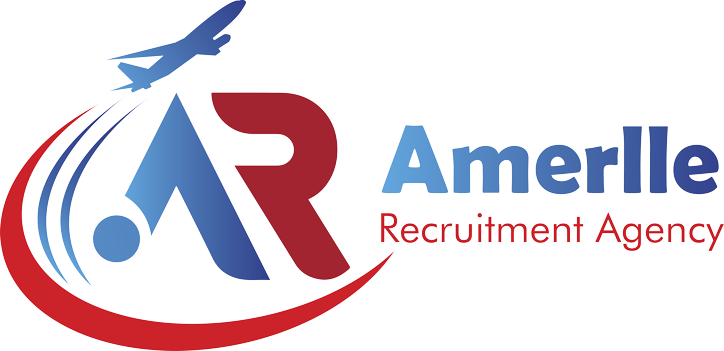In today’s competitive job market, your CV is your first impression. It’s the key that unlocks the door to potential interviews and career opportunities. A well-crafted CV not only showcases your skills and experience but also grabs the recruiter’s attention within seconds.
“Give me six hours to chop down a tree and I will spend the first four sharpening the axe.”
Abraham Lincoln
This guide provides essential tips and tricks to create a winning CV in 2025.
Key Sections of a CV:
A standard CV typically includes the following sections:

CV Sample
- Contact Information: This should be at the top and include your full name, phone number, email address, LinkedIn profile URL (optional but recommended), and location (city and state/region). Avoid including your full postal address for privacy reasons.
- Professional Summary/Objective: A brief summary (2-4 sentences) highlighting your key skills, experience, and career goals. An objective is more suitable for entry-level candidates or those changing careers, stating their immediate career objective.
- Work Experience: List your previous jobs in reverse chronological order (most recent first). For each role, include the job title, company name, dates of employment, and a concise description of your responsibilities and achievements using action verbs. Quantify your accomplishments whenever possible (e.g., “Increased sales by 15%”).
- Education: List your educational qualifications in reverse chronological order, including the degree name, institution name, graduation date (or expected graduation date), and relevant coursework or GPA (if above 3.5).
- Skills: Create a dedicated section listing your hard skills (technical skills, software proficiency, language skills) and soft skills (communication, teamwork, problem-solving). Tailor this section to the specific job you’re applying for.
Formatting and Design:
- Keep it Concise: Aim for a one-page CV if you have less than 10 years of experience. Two pages are acceptable for more experienced professionals.
- Use a Professional Font: Stick to clear and easy-to-read fonts like Arial, Calibri, Times New Roman, or Georgia.

- Maintain Consistent Formatting: Use consistent font sizes, spacing, and bullet points throughout the document.
- Use White Space Effectively: Don’t overcrowd the page. Use white space to make it visually appealing and easy to scan.
- Save as a PDF: Unless specifically requested otherwise, save your CV as a PDF to preserve formatting across different devices.
Keywords and ATS Optimization:
Applicant Tracking Systems (ATS) are software used by many companies to filter and manage job applications. To ensure your CV gets past the ATS, follow these tips:
- Use Relevant Keywords: Research the job description and identify relevant keywords related to the skills, experience, and industry. Incorporate these keywords naturally into your CV.
- Avoid Fancy Formatting: Avoid using tables, images, or unusual fonts, as these can confuse the ATS.
- Use Standard Headings: Use standard headings like “Work Experience,” “Education,” and “Skills.”
Common CV Mistakes to Avoid:
- Typos and Grammatical Errors: Proofread your CV carefully before submitting it.
- Generic or Vague Language: Use specific and quantifiable language to describe your achievements.
- Irrelevant Information: Only include information that is relevant to the job you’re applying for.
- Inconsistent Formatting: Ensure consistent formatting throughout the document.
- Outdated Information: Keep your CV up-to-date with your latest skills and experience.
Ready to take your CV to the next level?
Crafting a winning CV can be a daunting task. Amerlle Recruitment Agency offers professional CV alignment services to help you create a compelling CV that gets noticed. Our expert CV writers will tailor your CV to highlight your key skills and experience, maximizing your job search potential. Contact us today to learn more!


